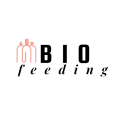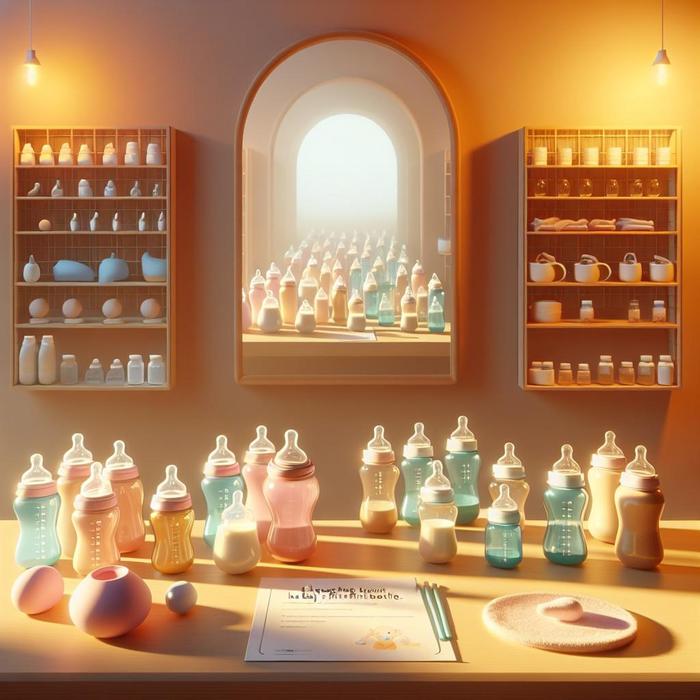Understanding the Basics
Choosing the first baby bottle for your newborn can be one of the most crucial decisions you’ll make as a new parent. With the plethora of options available in the market today, this task can often seem daunting. Here, we guide you through the process, providing quick and easy tips for choosing the right bottle for your little one.
The Bottle Material
Perhaps the most important aspect to consider when choosing a baby bottle is what it’s made of. Various materials are available, each with its unique properties:
- Plastic: Lightweight and durable, plastic bottles are a popular choice. However, make sure they are BPA-free to ensure your baby’s safety.
- Glass: Although heavier and more fragile, glass bottles are eco-friendly and don’t absorb odors or colors.
- Silicone: These bottles are unbreakable, BPA-free, and typically have a more natural feel which can be comforting for babies.
- Stainless Steel: Highly durable and long-lasting, though they tend to be on the pricier side.
Choosing the Right Nipple
Just as important as the bottle material is the nipple or teat. This should closely mimic the breastfeeding experience to allow a seamless transition for your baby. Check out this comprehensive guide on how to choose the best nipple.
Bottle Size and Shape
Bottle sizes usually vary between 4 ounces and 9 ounces. For newborns, a smaller bottle is recommended as they feed less at a time.
The shape of the bottle also matters. Some parents find angled bottles easier to hold during feedings, while others prefer straight ones for their simplicity and ease of cleaning.
Additional Features to Consider
Apart from the above considerations, there are additional features you may wish to look for:
- Anti-colic features: These include venting systems that help reduce the amount of air the baby swallows during feedings, thereby helping to prevent colic.
- Compatibility with breast pumps: This can be a useful feature for mothers who pump their breast milk.
- Ease of cleaning: Bottles with fewer parts are usually easier to clean and assemble.
To help you navigate through these options, here’s a detailed discussion on choosing baby bottles from real moms.
Remember, what works best for one baby might not necessarily work for another. Therefore, it might be wise to buy a few different varieties to see what your baby prefers before investing in a particular type.
Making Bottle Feeding Less Stressful
Once you have the perfect baby bottle, it’s important to make the feeding process as stress-free as possible. Our stress-free guide to bottle feeding can help you with this transition.
Using the right baby bottle can make your life easier and your baby happier. Take your time and consider your options carefully, and remember that it’s okay to try a few different types to find the perfect fit for your baby.
Considerations for Special Needs
In some cases, babies might require special bottle features to accommodate their feeding needs. For instance, premature babies or newborns at risk of developing feeding issues such as reflux might benefit from bottles designed specifically for their conditions. There’s a lot of informative material on these pediatric dentist recommended types of bottles for babies.
Planning ahead for Bottle Feeding
Before your baby arrives, it’s wise to have a stock of bottles ready for use. This avoids last-minute rushes and ensures you’re well-prepared for feeding sessions. Most parents find it helpful to have around six to twelve bottles on hand, allowing for plenty of spares between cleanings.
In regard to cleaning, it’s worth noting that baby bottles need a thorough clean after each use. Dishwashers can be convenient for this purpose, but some parents prefer to clean bottles by hand with a baby bottle brush to ensure no milk residue remains.
Bottle Feeding and Formula Milk
When it comes to formula milk, it’s crucial to use the correct measurement of formula to water. Too much or too little can cause issues for your baby, so always follow the instructions on the formula packaging. The NHS guide on types of formula provides useful advice on this topic. Also, remember to always check the baby bottle’s temperature before giving it to your baby to avoid scalds.
Frequent Issues with Bottle Feeding
Sometimes, babies experience difficulty in adjusting to bottle feeding. They might be fussy, cry during or after feeds, or even refuse the bottle. This could be due to various reasons such as discomfort from trapped gas, a nipple flow that’s too fast or slow, or simply a dislike for the bottle type.
At this time, parents might find it beneficial to experiment with different bottle types to see if an alternative might be more agreeable. You can get more insights from other parents experiencing the same issues on online forums like Reddit’s BabyBumps community where they share their own practices and solutions..
The Transition from Breastfeeding to Bottle Feeding
If you’re planning on combining or transitioning from breastfeeding to bottle feeding, there are steps you can take to make this switch smoother. Here, the key is patience and consistency. Starting with one bottle feed a day before gradually increasing the number can give your baby time to adjust. Also, choosing a bottle that resembles the breastfeeding experience can be helpful. The NHS advice on bottle feeding offers valuable guidance on making this transition.
Visiting Mom-Recommended Bottle Brands and Resources
To make your selection process easier, it can be helpful to start with brands and types of bottles that other moms love and recommend. Websites like What to Expect can be your go-to resource to see reviews and recommendations from other parents.
Finally, remember, while the variety of baby bottle options might initially feel overwhelming, with the right information and a bit of trial and error, you can find the perfect bottle that meets your baby’s individual feeding needs.

